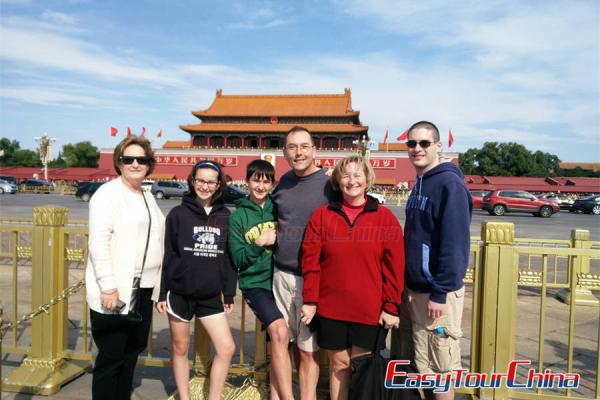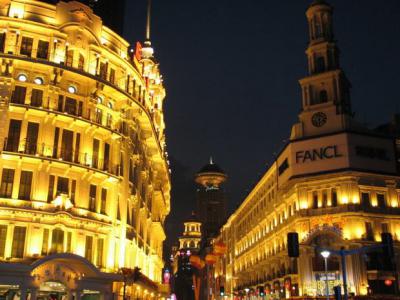Famen Temple
Famen Temple is a royal temple in China and one of the most important Buddhist temples in the world, renowned and respected for a Buddhist sacred land where the precious veritable Finger Bone (sarira) of Sakyamuni (founder of Buddhism) was enshrined and worshiped. It was built at the end of East Han dynasty covering a history over 1900 years, reputed as the ancestor of Buddhist temple in the center of China. When visitors come to Famen Temple, you can appreciate classic ancient buildings and precious Buddhist relics; you can also do a simple study and worship at the Buddhist Academy here at the same time, which is the only Han Buddhism institution of higher education in northwest China, and also a state-approved undergraduate institution with postgraduate qualifications.
Facts
- In Chinese: 法门寺
- Address: No.008 Baota Road, Fufeng County, Baoji City, 120 km west of Xian City
- Opening time: 08:30 – 18:00 (Mar 1st to Nov 30th); 09:00 – 18:00 (the rest of the year)
- Best time to visit: all the year
- Entrance fee: (including the temple, Famen Temple Museum and Namaste Dagoba)
RMB120 (Mar 1st to Nov 30th);
RMB100 (the rest of the year)
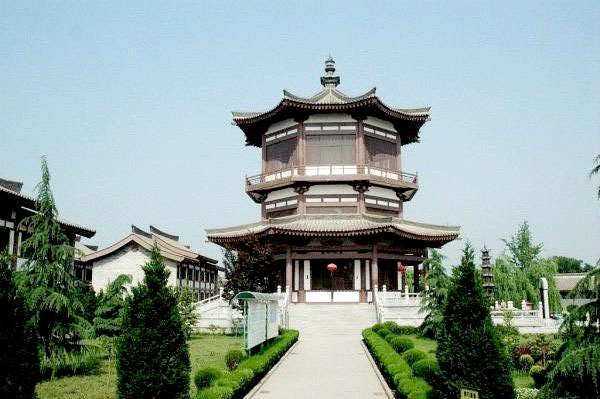
History of Famen Temple
In the third century B.C., after Asoka unified India, he divided the Buddha's sarira into 84,000 portions and sent them to other countries to build pagodas. There are 19 in China, and Famen Temple is the fifth. It was first built in the end of East Han dynasty, and originally called Asoka Temple.
In 558, the royalty of North Wei dynasty expanded the temple and the temple was first opened to the public for worship. Later, it was renamed to be "Baocheng Temple" in Sui Dynasty in 583. The founder of the Tang dynasty Emperor Tanggaozu (Li Yuan) bestowed it the current name and the temple reached to its heyday in Tang Dynasty as "Royal Temple" as the site for seven important Buddhist ceremonies and activities. Since the reign of Emperor Tangtaizong, a great deal of manpower and financial resources had been spending in expanding and repairing the temple, which made it a grand temple comprising 24 courtyards, and the monks increased from about 500 at the beginning to over 5000.
In 874, the Finger Bone was buried in the Underground Palace under the Famen Temple Pagoda with many royal oblations, and the secret of the treasures were kept for thousands of years until in 1987, the palace was found by archaeologists when they were trying to rebuild the Famen Temple Pagoda. Due to its disrepair, the pagoda collapsed on August 24, 1981 due to continuous rain, leaving only half of the pagoda's face hanging on the broken bricks of the platform. In 1987, Shaanxi Province government funded the reconstruction of the Famen temple tower, and accidentally found the Underground Palace closed by stone letters while cleaning the tower. According to the inscription found in the Underground Palace, the Buddha sarira was hiding in the base of the Famen Temple. At the same time, a large number of valuable cultural relics were found in the Underground Palace, where Sakyamuni's finger bones were preserved for thousands of years.
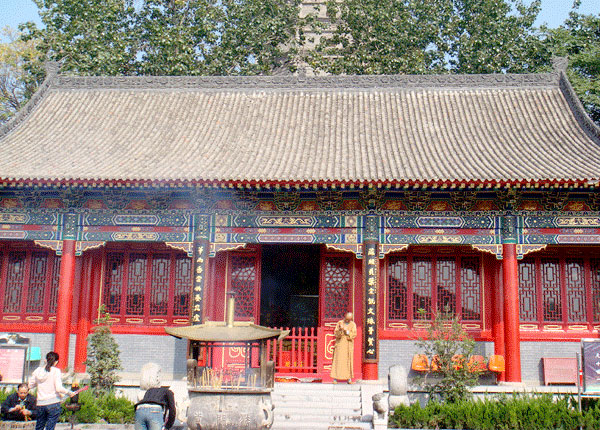
For better preservation of two thousand precious cultural relics of the Tang Dynasty excavated from the Fanmen Temple Pagoda, Famen Temple Museum was built in 1989. Among all the treasures housed in the museum, the most precious ones are a gold-plating Buddhist abbot's staff and 13 pieces of royal China.
Underground Palace
The Underground Palace of Famen Temple has been the largest pagoda underground palace discovered in China so far. It consists of brick steps, tunnel, front room, middle room and back room, all constructed with stone. There is a dizzying amount of treasure in the palace. The most valuable is the portion of Shakyamuni's real body, which is hidden in the eightfold letter. It is the only Buddha finger relic in the world.
Famen Temple Museum
Also called Treasure House of Famen Temple, the display halls are situated on the Floor 2 and 3. More than 160 pieces of cultural relics are on display, all of which are fine cultural relics unearthed from the Underground Palace. Famen Temple Museum has become a unique tourism destination of Tang culture and Buddhist culture in northwest China and an influential academic and cultural exchange center in China. Every year, more than one million people from all walks of life come here for study, sightseeing and cultural and academic visits.
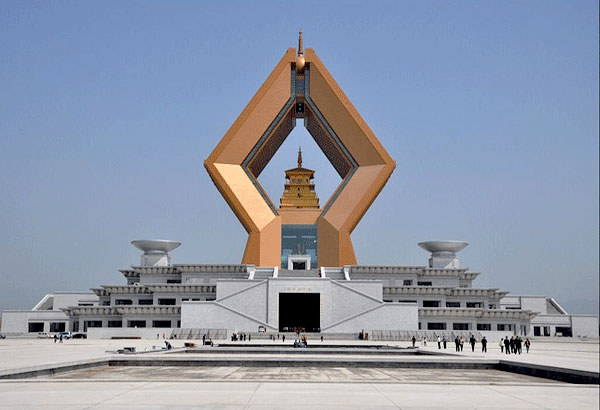
How to Get to Famen Temple?
Though it’s not in Xian city, city bus or subway is unavailable. Other than booking a vehicle or taking taxi, coaches and Sightseeing Buses are good.
Coaches from the west gate of Tang Paradise (stop at the parking lot on the east side of north square of the Big Wild Goose Pagoda) run to Famen Temple everyday regularly at 08:00 to 11:00, and return at 14:30 – 16:00.
Coaches from Xian West Bus Station operate three times a day at 08:45, 11:00 and 16:00, return at 05:25 and 13:00.
Sightseeing Bus Line 2 from east square of Xian Rail Station run three times a day from 07:00 – 10:00, and return from 13:00 – 16:00.
More Attractions in Xi'an
